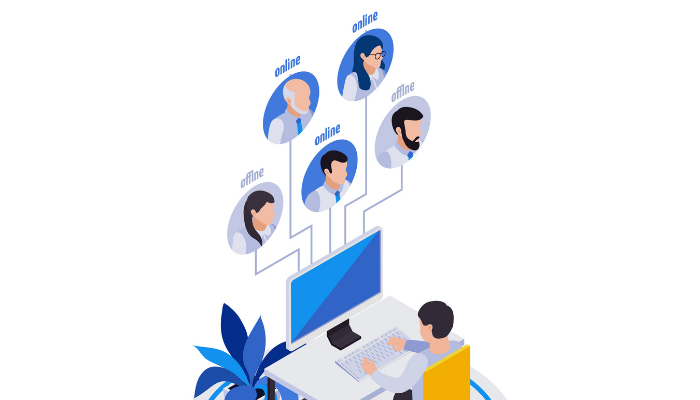Workforce Planning: An Ongoing HR Effort
Workforce planning isn’t finished once a staffing solution is deployed or an employee is onboarded. Workforce planning is an ongoing HR effort that not only requires a one-time understanding of competency planning and shift management but a concerted management effort and execution from the ground-up for talent to thrive. This is why the underpinnings of workforce planning include sound decision-making and data-led approaches to staffing, which are now collectively referred to as talent intelligence stemming from talent analytics.
Understanding Talent Intelligence
Talent intelligence is the simple concept of being aware of all the talent challenges, advantages, trends, and happenings in the talent marketplace. It requires being aware of one’s own organization’s stand on talent management. This is often modeled on a sound knowledge of how competitors are faring with respect to talent. Being keenly aware of talent intelligence allows companies to compensate and treat their workforce fairly while getting optimal performance and outcomes from them. An important aspect of talent management is the intelligence gained by the story told by the numbers and not just the qualitative aspects of talent intelligence.
Related Reads
- Successful Upskilling – A 7-Step Process
- Importance of Performance Management Systems for Small Companies
The Challenge of Workforce Planning
Workforce planning, competency checklists, and round-ups of Knowledge-Skills-Abilities or KSAs have all become buzzwords because the motto is simple – the right person has to be hired for the right job. But it isn’t as easy as it sounds. The fit has to be correct from a point of view of credentials as well as cultural and personal goal alignment.
Enhancing Workforce Planning with Data
Talent intelligence makes workforce planning better by crunching all the data available from multiple data touch points – such as hiring data, numbers from performance management modules, attrition data, and everything else along the employee life cycle that can be used to help make better decisions. Workforce planning resulting from the sifting of large datasets is suitably specific and stress-tested to pass the tests posed by challenging circumstances.
Multi-Disciplinary Approaches to Workforce Planning
Workforce planning in the modern day is a confluence of multi-disciplinary approaches:
Strategic Workforce Planning
This method ensures that staffing and talent management agendas don’t deviate in flavor and structure from the conventions and vision of the organizational goals. Based on the strength of organizational strategizing, strategic workforce planning assesses competition, quality of existing competencies, and quantifies it effectively. This effort, in turn, guides performance analysis, learning and development, and recruitment.
PESTLE Analysis
This abbreviation for Political, Economic, Social, Technological, Legal, and Environmental analysis that drives workforce planning promotes evaluating talent from all these points of view. It goes without saying that both in-house talent and talent pools of competitors and those out in the job market figure in this comprehensive study. It helps organizations make intentional decisions about their manpower.
HR Dashboards
Come the wave of cloud-based, SaaS (Software as a Service) HR technology platforms, one-touch automation, and ready views of manpower reports in the day-to-day are a hygiene matter. No longer is it a perk that any employer can summon real-time reports of their staff’s effectiveness. Current information on market intelligence, competitors’ talent management plans, and trends is at the beck and call of employers, in order to help them make sound strategic decisions. There are web-based tools, mobile-friendly applications, and downloadable widgets to enhance the workforce planning experience.
The Common Factor: Awareness
The common factor among all these different approaches to workforce planning is awareness – about both the internal talent status-quo within a company as well as external conditions and market forces. These are the items that allow workforce planning to be effective in the operational sense and also future-ready.
References:
- 5 Essential Workforce Planning Tools for any HR professional|Erik van Vulpen|AIHR Academy|2021
- Talent Intelligence Should Be Part of Your Workforce Planning|Human Resources Today|HR Bartender| March 2021






